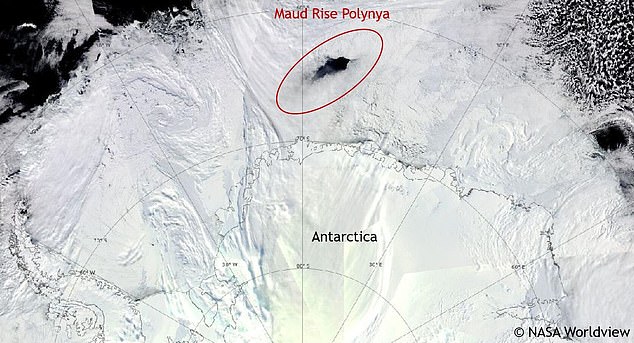Scientists have solved the mystery of how a huge hole almost twice the size of New Jersey formed in Antarctic sea ice eight years ago.
The rare opening of ice-free water, called a polynya, was first discovered in 1974 and remained for the next two years until the gap finally closed.
Scientists were baffled again in 2016 and 2017 when the polynya reappeared due to its large size and distance from the coast, prompting them to search to find out what was forming the hole.
Researchers at the University of Southampton have discovered that the cause was actually a combination of ocean water currents, wind and rising levels of salt in the water that melted sea ice.
The Maud Rise polynya appeared in the winters of 2016 and 2017 and was almost twice the size of New Jersey. In the photo: a satellite image of the polynya in 2017.
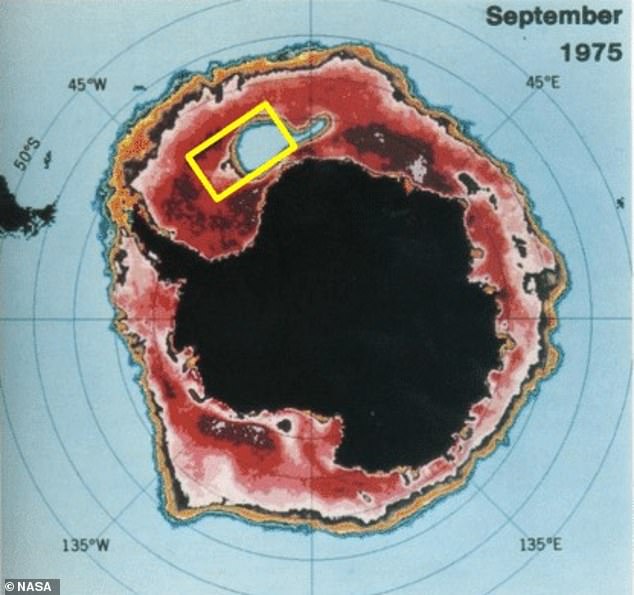
Scientists first discovered the Maud Rise polynya in 1975 and believed it would occur annually, but they did not see it again until more than four decades later. Pictured: Satellite images of the Maud Rise polynya from 1975
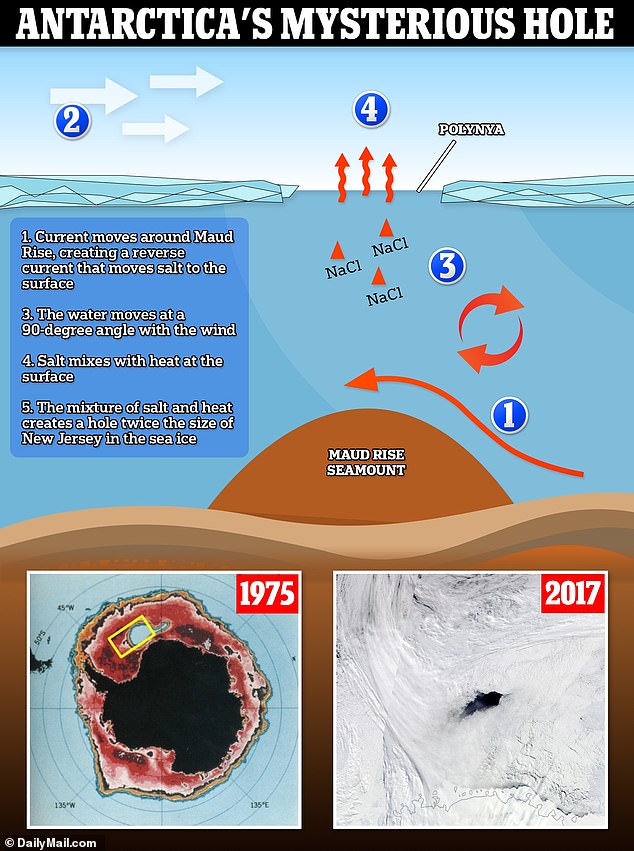
The polynya was caused by a combination of ocean water currents, wind, and rising salt levels in the water that melted sea ice.
Scientists named the polynya opening Maud Rise in the 1970s after the seamount located beneath it in the Weddell Sea.
Polynyas usually appear each year in sea ice located in coastal areas of Antarctica, but it is unusual for them to form hundreds of kilometers away in the open ocean, where the sea is thousands of feet deep.
“The Maud Rise polynya was discovered in the 1970s, when remote sensing satellites that can detect sea ice over the Southern Ocean were first launched,” said Aditya Narayanan, a postdoctoral researcher at the University of Southampton and lead author of the study. .
‘It persisted through consecutive winters from 1974 to 1976 and oceanographers at the time assumed it would be an annual occurrence. But since the 1970s, it has happened only sporadically and during short intervals,” Narayanan continued.
“2017 was the first time we had such a large and long-lived polynya in the Weddell Sea since the 1970s.”
The researchers set out to discover how the polynya formed so far from the coast using remotely sensed sea ice maps, data from tagged marine animals and a computer-generated model of the ocean.
The results showed that the current moving around the Maud Rise seamount in the Weddell Sea created turbulent eddies (a reverse current) that moved salt to the sea surface.
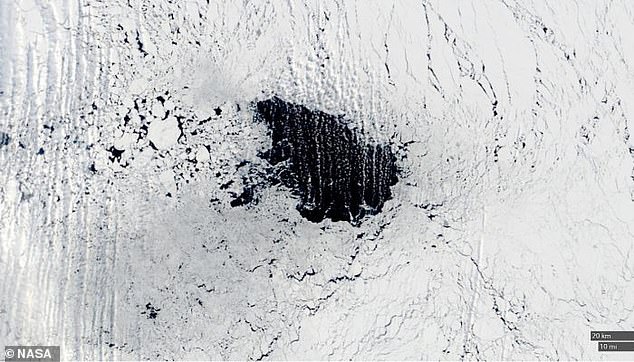
Experts said 2017 (pictured) was the first time we had such a large and long-lasting polynya in the Weddell Sea since the 1970s.
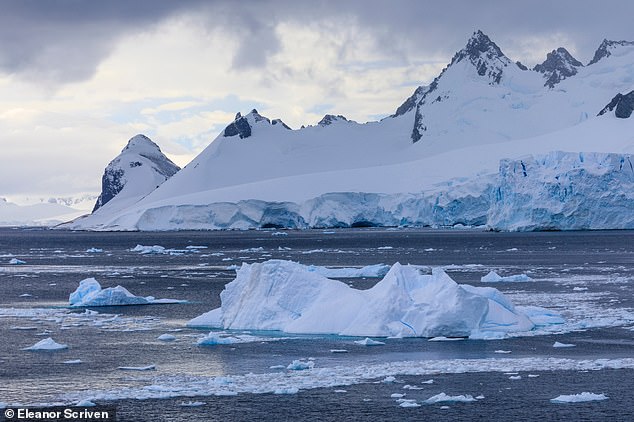
The appearance of a polynya hundreds of kilometers off the coast of Antarctica is an unusual occurrence and researchers discovered that it is caused by a combination of water, wind and salt currents. Pictured: The Maud Rise polynya in 2017 Pictured, sea ice in the water off Cuverville Island in Antarctica.
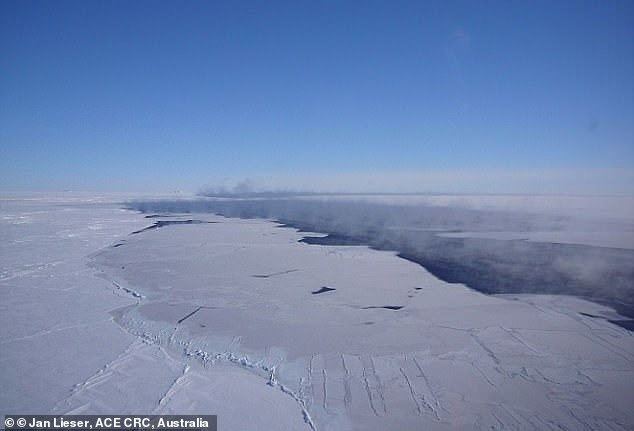
Scientists were baffled again in 2016 and 2017 when the polynya reappeared, prompting them to search to find out what made up the hole.
Once the salt reached the surface, a process called Ekman transport occurred that moved the water at a 90-degree angle in the direction of the wind, making it easier for the salt to mix with the heat at the surface and melt the ice.
“Ekman transport was the essential missing ingredient needed to increase the salt balance and maintain the mixture of salt and heat into the surface water,” said Alberto Naveira Garabato, co-author of the study and professor at the University of Southampton.
The researchers speculated that polar cyclones passing through the region could have caused the Ekman transport to be stronger, bringing excess salt to the surface, but they clarified that their research could not verify the theory.
Researchers now warn that polynyas may have an adverse effect on the oceans and contribute to sea level rise, which rose 0.3 inches between 2022 and 2023.
“The imprint of polynyas can remain in the water for several years after they form,” said Sarah Gille, a member of the study team and co-author of the study and a professor at the University of California, San Diego.
“They can change the way water moves and how currents transport heat to the continent. The dense waters that form here can spread throughout the global ocean.’

